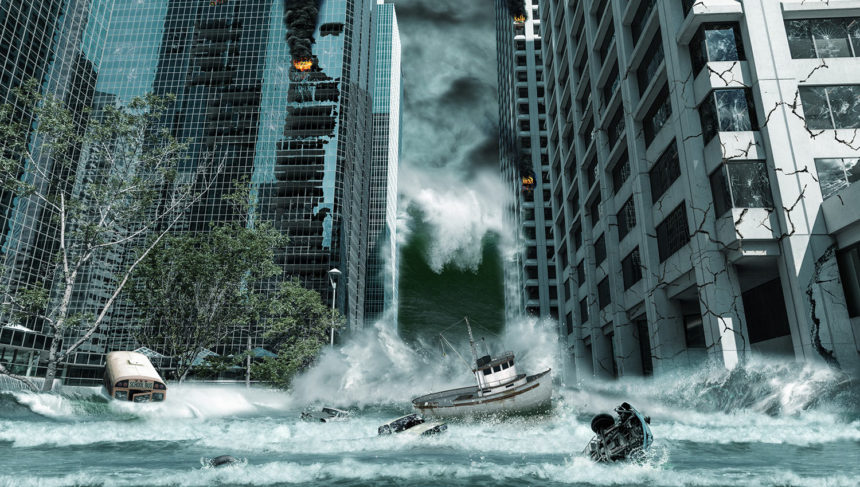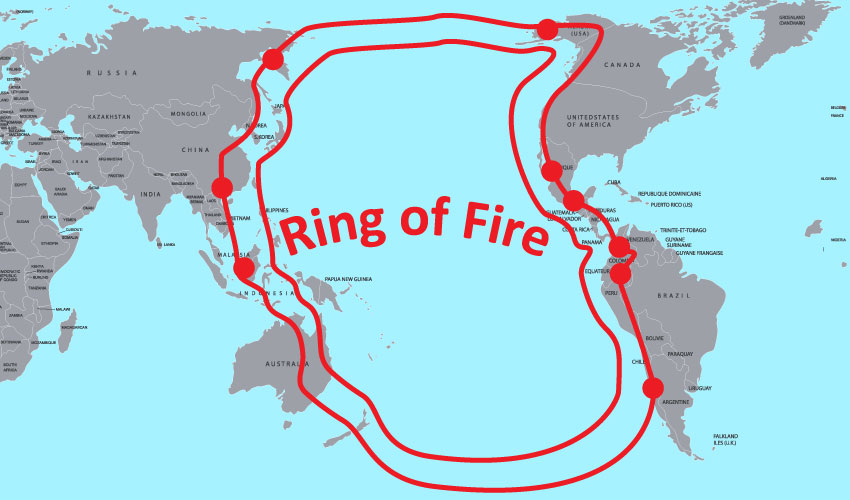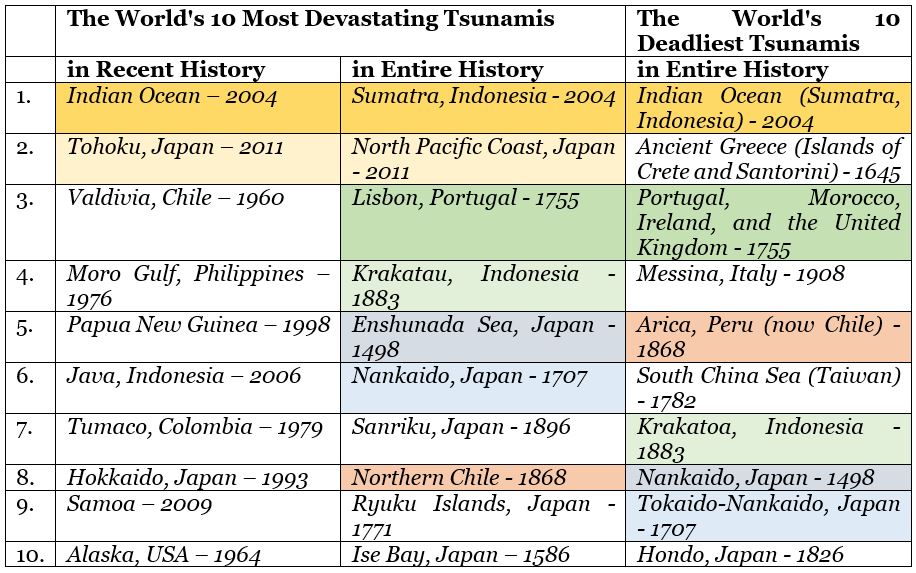
10 Historically Most Devastating Tsunami in the World
What is a Tsunami
A tsunami (from Japanese: 津波, “a harbour wave”) or a tidal wave, also known as a seismic sea wave, is a series of waves in a water body caused by the displacement of a large volume of water, generally in an ocean or a large lake.
What Causes a Tsunami?
Large, undersea earthquakes at tectonic plate boundaries typically cause a tsunami. When the ocean floor at a plate boundary rises or falls suddenly, it displaces the water above it and launches the rolling waves that will become a tsunami.
Most tsunamis happen within the Pacific Ocean’s “Ring of Fire,” a geologically active area where tectonic shifts make volcanoes and earthquakes common. About 90% of the world’s earthquakes and 80% tsunamis occur along the Ring of Fire.
Other causes of the tsunami include underwater or volcanic eruptions, landslides, or large meteorites plunging into an ocean.
Tsunamis race across the sea at up to 500 miles (805 kilometres) an hour. They can cross the entire expanse of the Pacific Ocean in less than a day.
10 Historically Most Devastating and Deadliest Tsunamis
The most devastating and deadliest tsunami was one in the Indian Ocean on Boxing Day, 2004. The tsunami was the most lethal ever to have occurred, with a death toll that reached a staggering figure of over 230,000, affecting people in 14 countries – with Indonesia hit worst, followed by Sri Lanka, India, and Thailand. The massive undersea earthquake had a magnitude of up to 9.3, and the deadly waves it triggered were up to 98 feet high.
https://www.brainz.org/10-most-devastating-tsunamis-recent-history/
https://www.youtube.com/watch?v=7mx6pVyMTVg
https://www.thoughtco.com/deadliest-tsunamis-overview-1434982
It is no more necessary to only imagine the destructive force of a tsunami wave. Today, it is possible to watch videos of the 5 most significant tsunamis captured by the camera at https://www.youtube.com/watch?v=Z-2khcTHIgs.
Early Warning Saves Lives
There were times when people believed they could control nature. But that’s ancient history. Neither an earthquake nor a subsequent tsunami can be prevented. Also, the time when it happens cannot be predicted or calculated. However, what can be done is an early warning of the population in the affected area as it can save numbers of casualties. And what is more precious than a human life?
The time from the detection of an earthquake to the moment when the first tsunami wave hits the shore counts in minutes or possibly in hours, which provides plenty of time to warn the population.
Wise people learn from other people’s mistakes.
• Why the warning system in Indonesia failed during the earthquake and tsunami
• Laos dam collapse
Therefore, having learned from the past, warning systems in the most vulnerable areas should be improved in such a way that they can offer a feeling of greater safety to all inhabitants. Telegrafia stands by your side and offers you modern electronic sirens and early warning systems.
Feel free to contact us for any enquiry.

The article was written by
Miroslava Malachovska
Miroslava is the marketing manager. She has been working for Telegrafia for more than twelve years. She began as a business department assistant and later worked as an educational centre coordinator. Since her return from maternity leave, she has been working for the marketing department. The experience and knowledge she has gained give her a solid base for the challenging and creative work she is now doing for the marketing department. She loves running, and keeps fit by regular training and preparing for half-marathon competitions.


